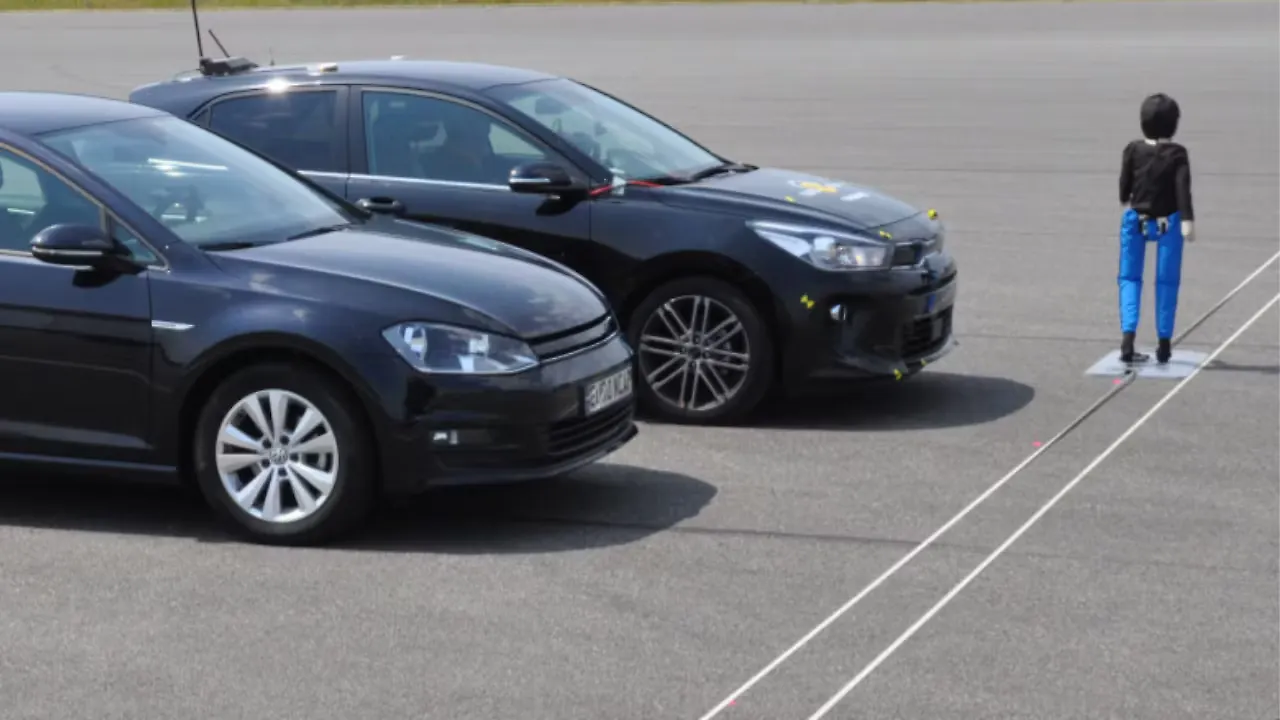
In the automotive industry, the teams involved with advanced driver assistance systems (ADAS)often have to develop just part of the system, as it depends on the complex interaction between sensors, driving scenes, control algorithms and vehicle dynamics.
This complexity makes it impossible to assess its contribution to the full vehicle performance in real-life scenarios, notes a White Paper released by Siemens Digital Industries Software.
Elaborating on the subject under the title: Supporting integrated ADAS development Using a mixed-reality framework for verifying safety and comfort, the report said the system, therefore, can only be fully assessed using physical testing at the prototype stage when resolving issues is difficult and costly.
Today we observe many issues in existing systems that often do not match driver expectations. For instance, automated emergency braking (AEB) is not always appropriately activated due to an incorrect perception of the driving scene.
Also, as reported in a recent survey from the American Automobile Association (AAA), lane-keeping systems, adaptive cruise control and traffic jam assists fall short of expectations, eventually leading to safety and/or comfort issues.
To support original equipment manufacturers (OEMs) and ADAS systems suppliers in identifying such issues early on, Siemens’ Simcenter Engineering and Consulting services team has put together a closed-loop development framework that allows virtual testing of the full system, even when working on only a part of it. This includes perception, path planning and control actions. Real-life scenarios are defined, including the environment and driving scene, and suitable sensor models are created.
To make the framework most useful to ADAS systems engineers, it is customised to their specific needs. Dedicated libraries of perception, path planning and control algorithms are included. Based on Siemens’ significant experience in ADAS systems simulation and testing, relevant scenarios are defined to assess the system in appropriate conditions. Many scenarios are evaluated using virtual models from which a subset of more critical ones is identified for verifying and validating the system so that the users end up with a manageable physical testing programme.
The system is plug-and-play as it allows the user to switch from standard components or algorithms to the ones being developed for a specific programme. A dedicated vehicle dynamics model is linked to the framework, which provides an accurate response to the system and enables the user to study the comfort aspects of ADAS. It can be turned into a vehicle-specific model if the physical parameters of its chassis are known. When this is not the case (as can be the case for ADAS systems suppliers or when investigating a competitor vehicle), a process is proposed to reverse engineer these parameters based on full-vehicle testing.
Finally, the framework can be opened to physical components to become a genuine mixed-reality application. This is made possible by using middleware such as a Functional Mock-up Interface (FMI) or robotic operating system (ROS), which can interface directly with the physical systems. In this way, can consistently test the physical, electronic control unit (ECU), the real sensors, a vehicle simulator and eventually the full vehicle with virtual models. In the latter case, the real physical environment can be enhanced by introducing virtual obstacles, other vehicles or vulnerable road users (VRU), enabling vehicle-in-the-loop (ViL) testing.
Simcenter engineers adapt the development framework to their customers’ needs and support them to the full extent possible with this fully integrated closed-loop virtual/physical framework for ADAS systems development.
The White Paper elaborated on Development Framework Overview to verify the system performance early in the design in a large number of realistic conditions in an integrated fashion according to the principles of a model-based design (MBD) approach.
Besides, it elaborated on Vehicle Dynamics Considerations that significantly influence ADAS/AD systems performance and, therefore, needs to be represented with the right level of fidelity to assess the vehicle state.
In addition, it also deliberated on Mixed-reality Testing as it is critical for the developers of ADAS systems to verify that it behaves well in complex environments and conditions it will face in operation.
Automotive vehicles include an increasing number of advanced ADAS features that have a great potential to improve safety. However, they also introduce a lot of challenges. The White Paper’s development framework allows verification of ADAS performance early on to identify real-life perception, planning, and control issues.